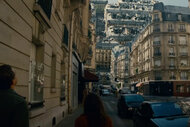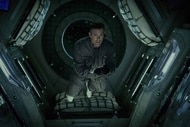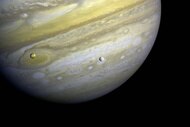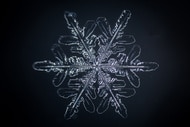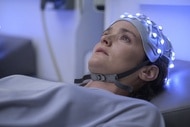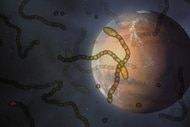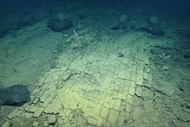Create a free profile to get unlimited access to exclusive videos, sweepstakes, and more!
Eerie glowing clouds light up the Martian twilight
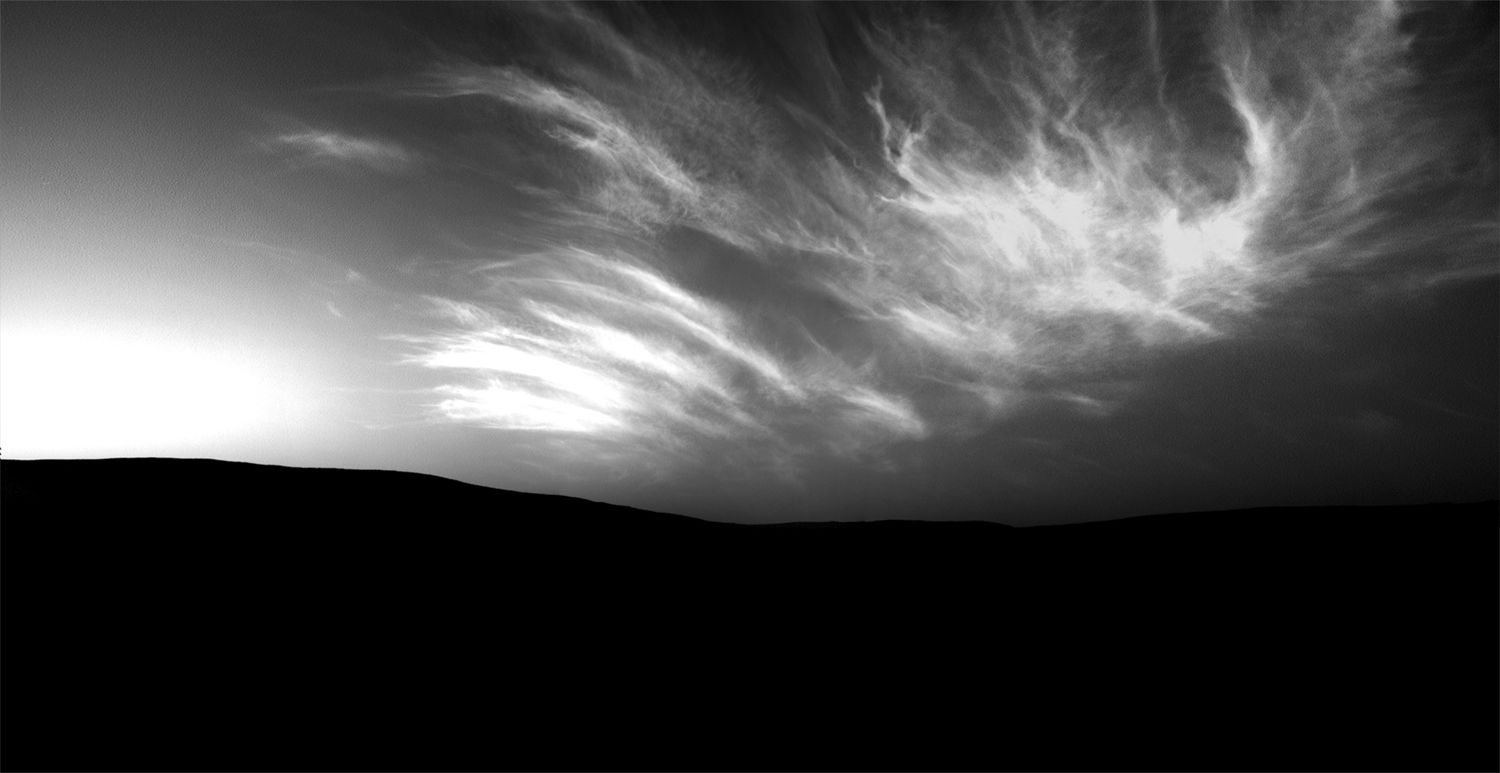
Mars has fascinated humans for, well, forever. A bloodshot, baleful eye in the heavens… telescopic observations furthered its allure, with straight lines across the surface that looked like canals, and barely glimpsed features that changed with season, hinting at perhaps Earth-like conditions.
Many times, the better the view we get of Mars the more we find out our assumptions were wrong. The canals were an illusion, and the changes with seasons were more related to dust storms than vast jungles growing and receding with the solstices.
But then we got there, via our robotic proxies, and saw that Mars was weirder and more wondrous than we had imagined. I am always amazed, though, at how sometimes the alien nature of Mars is emphasized by how Earth-like it can be in some ways…
The Curiosity rover has been exploring the flanks of Aeolis Mons, the central peak of the vast Gale Crater, since 2012. On Sol 2410 — the 2410th Martian day since Curiosity first landed on the Red Planet, corresponding to May 18, 2019 — Curiosity looked up from its exploration of the surface to gaze at the sky after sunset.
And what it saw was magic, like an Edgar Rice Burroughs novel brought to life:
Of all the things that surprise me about Mars, it's the fact that it has clouds still makes my blood tingle when I see them.
And these aren't just clouds; they're noctilucent clouds.
OK, first: Mars has an atmosphere, but it’s thin; pressure on the surface averages only about 0.6% the pressure on Earth’s surface. It’s usually transparent, and telescopic views can see right down to the surface. But there are clouds; for example, winds sweeping up the flanks of the huge volcanoes can create orographic clouds as they rise up.
Noctilucent clouds are a different breed. The name literally means "night shining"; these are clouds seen during twilight after sunset or before sunrise. On Earth they exist very high up, from 75–85 kilometers above the surface. They’re made up of very tiny ice crystals — even the biggest are a tenth of a micron across! A micron is a millionth of a meter, or a thousandth of a millimeter, so these are indeed teeny crystals.
The clouds are so ethereal they can't be seen during the day. But at twilight on the ground these clouds are so high up they're still in sunlight, and the contrast with the darker sky makes them visible. They glow milkily, wispy and gossamer. It's not clear why they form or how they behave, though interestingly they were never seen on Earth before the late 1800s, and appear to be more common now. There's some indication they may be related to climate change.
I first heard of the Curiosity images of the clouds on Mars when JPL engineer Doug Ellison tweeted about them arriving in the raw images database.
Then planetary science PhD candidate Justin Cowart mosaicked them into a three-frame animation.
Finally, master animator Seán Doran took those images and "tweened" them, meaning interpolating the motion between the three frames to smooth it out, creating the magnificent animation at the top of this article.
I asked Cowart how he could be sure these were noctilucent clouds, and he said the Sun was more than 6° below the horizon when the last frame was taken. That's roughly a half hour or so after sunset, which is when you’d expect to see noctilucent clouds.
So this animation may remind you of home, of Earth, because it features something as seemingly mundane as clouds. But it's not Earth, it’s an alien world, and on top of that the clouds themselves are peculiar and, well, unearthly.
As well they should be.
My thanks to Seán Doran for creating that YouTube video for me so I could embed this incredible animation on the blog.

